What's wrong with my tomato plants?
Amy (7b/8a) NC
4 years ago
last modified: 4 years ago
Featured Answer
Sort by:Oldest
Comments (20)
donna_in_sask
4 years agolast modified: 4 years agoedweather USDA 9a, HZ 9, Sunset 28
4 years agoRelated Discussions
What's Wrong with my Tomato Plants Leaves?
Comments (5)The leaf at the bottom of the photo might have gotten a bit pinched by the seed coat. No problem. I've seen much worse damage to cotyledons. Of more concern is whether you planted in potting mix or dirt. This post was edited by missingtheobvious on Thu, Mar 21, 13 at 20:04...See MoreWhat's wrong w/ my Tomato Plants?
Comments (5)After sighing in relief when I saw that the plants in question weren't potato-leafed :) I had a couple of thoughts... There's a small chance that it could be something like spotted wilt or bacterial speck, but I don't know enough to diagnose them. There's a master gardener's plant clinic at Talini's this weekend, and you could take one there to be looked at. Are there any signs of insect activity on them? They're almost definitely rootbound (they're way too big for those pots), and that's a lot of stress on them. At the very least, I think I'd pot them up into gallon pots or larger (buckets if you've got them and enough potting soil to fill them) and keep them away from the other plants for now. If there are any aphids or other small insects around, I'd want to hit them all with insecticidal soap so that you minimize the chance of insects spreading disease. I've had rootbound seedlings look like that and recover just fine... i have no idea what it was but they were happier when they had root space. I don't know if I recommnd that you take that risk though. I hope someone else has better advice!...See MoreHelp! What's wrong with my tomato plants?!
Comments (5)It is phosphorous deficiency and both of the fertilizers you are using are low phos so some additional supplement is needed. Soft rock phosphate is the quickest acting organic, a dose of MG the fasted synthetic solution.. You can Google pics of 'phosphorous deficiency in tomato plants' for pics to compare if you wish. As Linda said, it is difficult to grow organically in containers. There is no soil food web to feed the plants so you have to provide all the nutrients on a regular basis and during periods of heavy rain that often means weekly. Dave....See MoreWhat's wrong with my tomato plants?
Comments (12)The USDA Zone numbers are actually based on the lowest temperature in the winter. They have nothing to do with the highest temps in the summer. As a result, the zone numbers are especially useful for perennials, and assessing freeze tolerance. While those numbers can give a general feel for summer gardening conditions, they are by no means accurate in that regard. Yep, your soil looks bone dry. But I don't think that's your problem. Tomatoes will wilt significantly when they dry out. Yours aren't wilted. I have to suspect a fungal infection for the brown spots. But yes, container plants ALWAYS need added fertilizer. I'm surprised they grew that big without any. Garden soil has organics that, if outside, degrade and release some nutrients, but a container plant doesn't have the biological activity to do that degradation well. Tomatoes lacking nutrients just don't grow....See Morelgteacher
4 years agoSW (Sydney, USDA 10b)
4 years agodaninthedirt (USDA 9a, HZ9, CentTX, Sunset z30, Cfa)
4 years agolast modified: 4 years agokevin9408
4 years agodaninthedirt (USDA 9a, HZ9, CentTX, Sunset z30, Cfa)
4 years agolast modified: 4 years agotessie83856
4 years agokevin9408
4 years agolast modified: 4 years agotessie83856
4 years agodaninthedirt (USDA 9a, HZ9, CentTX, Sunset z30, Cfa)
4 years agolast modified: 4 years agokevin9408
4 years agokevin9408
4 years agotessie83856
4 years agoRobin Morris
4 years agokevin9408
4 years agolast modified: 4 years agoRobin Morris
4 years ago
Related Stories

GARDENING GUIDESWhat's Wrong With My Plant? Leaves Often Hold the Clues
Learn how to identify common plant ailments by reading their leaves
Full Story
EDIBLE GARDENSSummer Crops: How to Grow Tomatoes
Plant tomato seedlings in spring for one of the best tastes of summer, fresh from your backyard
Full Story
LIFEKitchen Traditions: Tomato Season Meets a Family Legacy
Somewhere a Sicilian great-great-grandmother is smiling at a bowl of American-made sauce
Full Story
ARCHITECTUREHouzz Tour: Fresh Ideas in a Former Tomato Packing Shed
A formerly metal-clad structure is now a beautiful wood home designed to capture the light and preserve open space
Full Story
COLOR8 Color Palettes You Can't Get Wrong
Can't decide on a color scheme? Choose one of these foolproof palettes for a room that feels both timeless and fresh
Full Story
LIFEYou Said It: ‘Every Room Should Have the Right Wrong Thing’ and More
This week on Houzz we were inspired to break out of catalog styling ruts and let our design freak flags fly
Full Story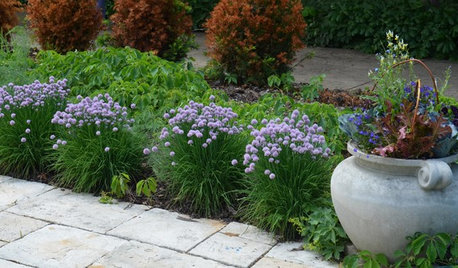
GARDENING GUIDESEdible Plants That Double as Ornamentals
Try growing these tasty plants with your ornamentals for an attractive garden and fresher meals
Full Story
HOUSEPLANTS8 Essentials for Healthy Indoor Plants
Houseplants add so much to our homes — and can thrive when grown in the right conditions. Keep these tips in mind
Full Story
GARDENING GUIDESHouzz TV: Make a Worm Bin for Rich Soil and Happy Plants
A worm-powered compost bin that can fit under a sink turns food scraps into a powerful amendment for your garden. Here’s how to make one
Full Story
GARDENING GUIDESGreat Design Plant: Cephalanthus Occidentalis
Buttonbush is an adaptable woody shrub with delightful pincushion flowers
Full Story



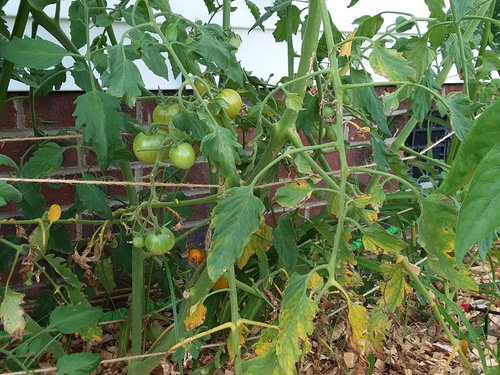
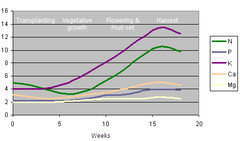


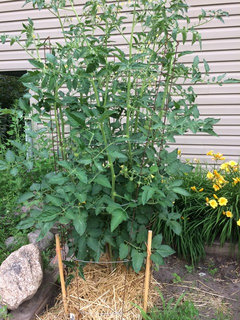
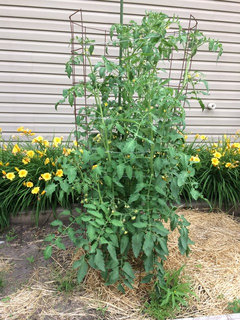
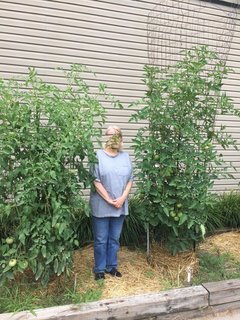

kevin9408